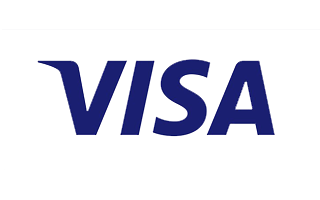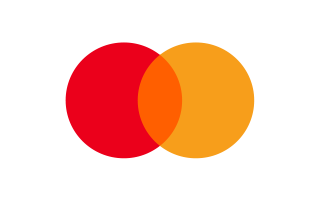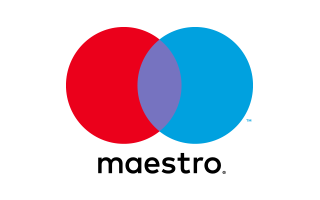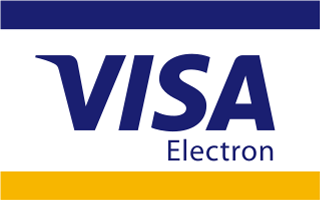Quick Weave Vs. Sew In
Hair extensions have become increasingly popular as a versatile and stylish way to transform your look. With several techniques available, it can be challenging to determine the most suitable option for your hair needs and preferences. Quick weaves and sew-ins, two popular methods of adding hair, offer distinct benefits and drawbacks. In this comprehensive guide, we will explore the differences between quick weaves and sew-ins, examining their installation processes, longevity, maintenance, and more. By understanding the pros and cons of each method, you will be better equipped to make an informed decision. You will also achieve the perfect hairstyle to match your personality and lifestyle.
What is a quick weave?
Quick weave is a hair extension technique that involves attaching hair wefts to a protective base. This is usually made of a stocking cap or mesh cap placed over natural hair. This method allows for a fast and easy way to achieve your desired hairstyle without damaging natural hair. It is a popular choice for those who want a temporary hairstyle change or for special occasions, as it can be done in a relatively short amount of time compared to other hair extension methods.

Pros and cons of quick weave
Quick Weave pros:
- Time-efficient: Quick weaves are a fast method of adding hair extensions compared to sew-in weaves or fusion extensions. The process can be completed in a few hours, making it a convenient option for those seeking a quick hairstyle change.
- Versatile styles: Quick weaves offer a wide range of styling options, including various hair lengths, textures, and colors. They allow you to experiment with different looks without making a permanent change.
- Less tension on the scalp: Since quick weaves are applied to a protective cap, there is less tension on the scalp than some other extension methods, like sew-in weaves, which are attached directly to the braids.
- Easy removal: Removing a quick weave is generally easier and faster than taking out sew-in weaves or fusion extensions. The wefts can be gently taken off the cap, and the cap can be removed without stressing the natural hair.
- Cost-effective: Quick weaves tend to be more affordable than other hair extension methods because the process is faster and requires fewer materials.
Cons of Quick Weave:
- Potential for hair damage: The hair bonding glue used in quick weaves can cause damage if it comes into contact with your natural hair or if the extensions are removed improperly.
- Shorter lifespan: Quick weaves typically last between 4 to 6 weeks, which is a shorter duration than other extension methods, such as sew-in weaves or fusion extensions, which can last for several months.
- Limited access to natural hair: Since natural hair is covered by a cap and wefts, it can be challenging to access it for proper maintenance and care. This may lead to dryness and irritation of the scalp.
- Less secure: Quick weaves may not be as secure as other methods, like sew-in weaves, since they rely on glue for attachment. The extensions might slip or come loose if not applied correctly or if the glue weakens over time.
- Potential for allergic reactions: Some individuals might experience allergic reactions to the hair-bonding glue used in the process, causing itching or scalp irritation.
What is a sew-in?
A sew-in is a hair extension method that involves sewing hair wefts (extensions) onto small, tight cornrow braids created from natural hair using a needle and thread. A popular technique for adding length, volume, and versatility to hairstyles.
Sew-in extensions offer a secure and long-lasting option for adding length, volume, and variety to hairstyles.

Pros and cons of a sew-in
Pros of a sew-in:
- Protective styling: Sew-in weaves serve as a protective style, as the natural hair is braided underneath the extensions, shielding it from heat, styling tools, and environmental factors that may cause damage.
- Long-lasting: Sew-ins are more durable than other hair extension methods, typically lasting between 6 to 8 weeks or even longer with proper maintenance and care.
- Versatile: Sew-in weaves offer a wide range of styling options, including various hair lengths, textures, and colors. They allow you to experiment with different looks while preserving your natural hair's health.
- Secure attachment: The sewn-in extensions are securely attached to the braids, reducing the likelihood of slippage or loosening compared to methods that rely on glue or clips.
- Low maintenance: Sew-in weaves usually require less daily maintenance than other hair extension methods, as the extensions handle styling efforts.
Cons of a sew-in:
- Time-consuming: Installing sew-in extensions can be a lengthy process, taking several hours or more, depending on the desired style and the complexity of the braiding pattern.
- Tension on the scalp: If the braids are too tight or the extensions are too heavy, sew-ins can cause tension on the scalp, leading to discomfort or potential hair damage.
- Limited access to natural hair: With natural hair braided and covered with extensions, it can be challenging to access and maintain it properly. This may lead to dryness, scalp irritation, or other issues if not addressed.
- Cost: Sew-in weaves can be more expensive than some other hair extension methods due to the time and skill required for installation and the cost of the hair wefts.
- Removal process: Removing sew-in extensions can also be time-consuming and require a professional's assistance to ensure natural hair is not damaged.
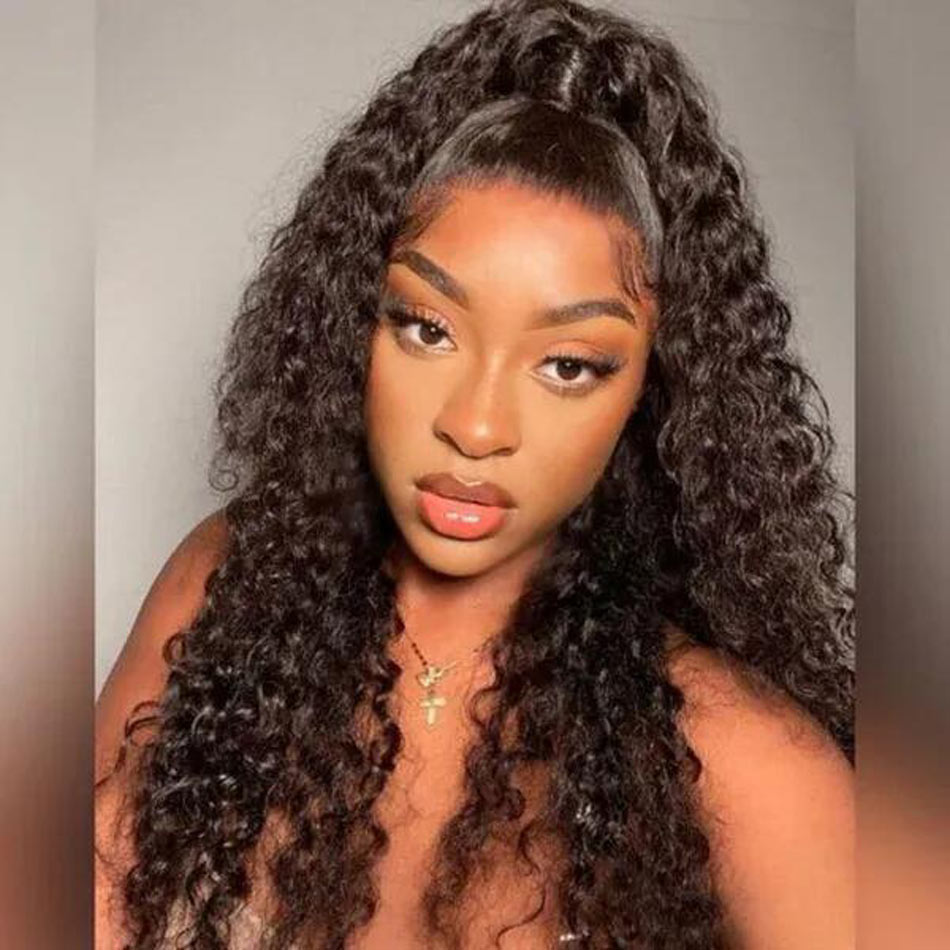
Differences between quick-weave and sew-in
Quick weaves and sew-in weaves are two popular hair extension methods, but they have several differences in installation, longevity, and maintenance. Here's a comparison.
Installation method:
- Quick weave: Hair wefts are glued to a protective cap (stocking or mesh cap) placed over natural hair.
- Sew-in weave: Hair wefts are sewn onto cornrow braids created with natural hair using a needle and thread.
Time required for installation:
- Quick weave: The process is faster, typically taking a few hours to complete.
- Sew-in weave: The process is more time-consuming, as it involves braiding the natural hair and sewing the extensions, which can take several hours or more.
Longevity:
- Quick weave: Generally lasts 4 to 6 weeks, making it a temporary hair extension option.
- Sew-in weave: Typically lasts 6 to 8 weeks or longer with proper care, providing a longer-lasting hair extension option.
Protection for natural hair:
- Quick weave: The natural hair is protected by the cap but may be at risk if the glue comes into contact with it during installation or removal.
- Sew-in weave: The natural hair is protected through cornrow braids, making it a good protective style option.
Maintenance and access to natural hair:
- Quick weave: The cap and glued wefts make it difficult to access and maintain natural hair, which could lead to dryness or scalp irritation.
- Sew-in weave: While access to natural hair is still limited, sew-ins allow slightly better maintenance access than quick weaves.
Security:
- Quick weave: This relies on hair bonding glue, which may weaken or loosen over time, making extensions less secure.
- Sew-in weave: Extensions are sewn directly onto the braids, providing a more secure attachment.
Cost:
- Quick weave: Generally more affordable due to the faster process and fewer materials required.
- Sew-in weave: This can be more expensive due to the time, skill, and materials needed for installation.
| Feature | Quick Weave | Sew-in |
| Installation Method | Gluing hair wefts to a protective cap | Sewing hair wefts onto cornrow braids |
| Time for Installation | Faster, usually takes a few hours | More time-consuming, several hours or more |
| Longevity | Shorter, typically 4-6 weeks | Longer, typically 6-8 weeks or longer |
| Protection for Natural Hair | Protected by cap but risk from glue | Cornrow braids protect the natural hair |
| Maintenance & Access to Natural Hair | Limited access due to cap & glue | Limited access but slightly better than quick weaves |
| Security | Relies on hair bonding glue | Securely sewn onto braids |
| Cost | More affordable, faster process | Higher cost due to time & skill required |
In summary, quick weaves offer a fast, temporary, and cost-effective option for hair extensions, while sew-in weaves provide a more secure, long-lasting, and protective solution. Your choice depends on your preferences, budget, and hair care needs.
The final word
Quick weaves offer a fast, versatile, and cost-effective option for temporary hair extensions but may come with some risks, such as potential hair damage or reduced hair maintenance. While sew-ins provide a more secure, long-lasting, and protective solution but require more time to install. And both are popular and effective methods of achieving hairstyles.
Ultimately, the choice between quick weaves and sew-ins depends on your preferences, hair type, lifestyle, and budget. By considering the key differences, pros, and cons highlighted in this guide, you can make a well-informed decision that perfectly suits your hair needs. No matter which method you choose, always prioritize proper installation, maintenance, and removal. This will ensure the health and longevity of both your natural hair and extensions. With the right approach, you can enjoy a stunning hair look that enhances your confidence and style.
With a commitment to excellence, Elfin Hair ensures that every customer has access to the highest-quality human hair extensions, available in a variety of textures, lengths, and colors to create stunning and natural-looking results for any hair type or style preference. Whether you're interested in a temporary transformation with a quick weave or a more secure and long-lasting option with a sew-in, Elfin Hair has you covered, offering an exceptional selection of weaves that are beautiful, gentle, and natural on your real hair.
 40%
40%
OFF Sale-
$171.06
$285.67(1844) (388)
 40%
40%
OFF Sale-
$168.06
$280.66(874) (734)
 Sale
Sale-
$306.95
$306.95(1239) (511)
 40%
40%
OFF Sale-
$149.34
$249.40(3699) (1533)
 40%
40%
OFF Sale-
$80.93
$135.16(992) (649)
 47%
47%
OFF Sale-
$85.63
$162.70(1903) (1974)
 47%
47%
OFF Sale-
$88.63
$168.40(1372) (1163)
 40%
40%
OFF Sale-
$183.80
$306.95(2981) (1422)
Related Posts:
How Long Does a Quick Weave Last?

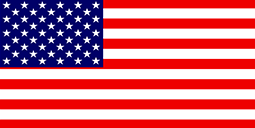 USD
USD EUR
EUR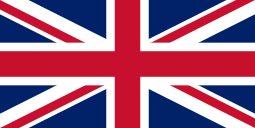 GBP
GBP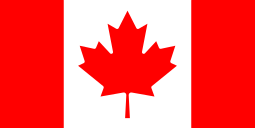 CAD
CAD AUD
AUD











